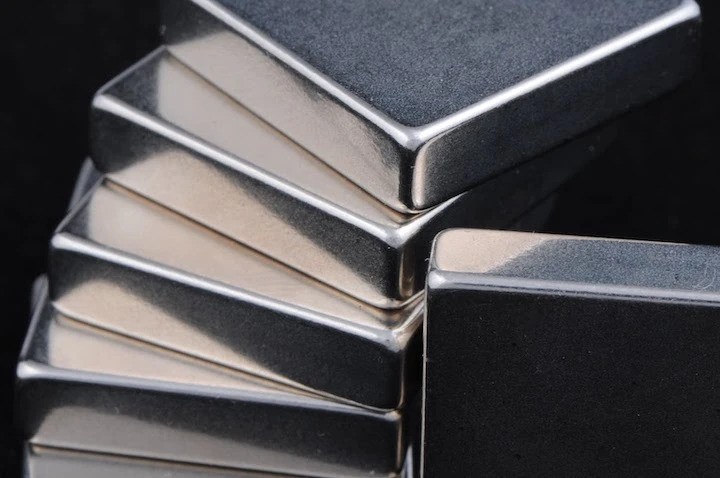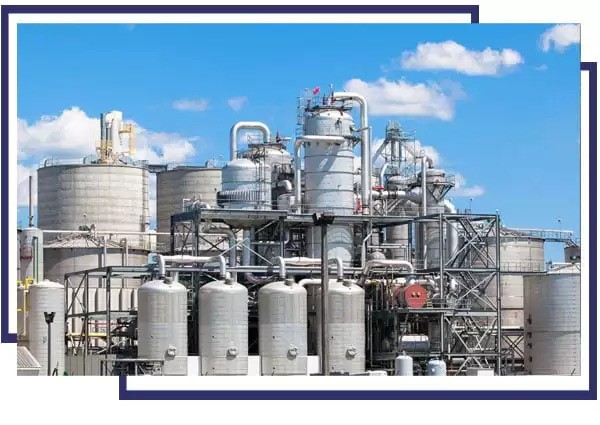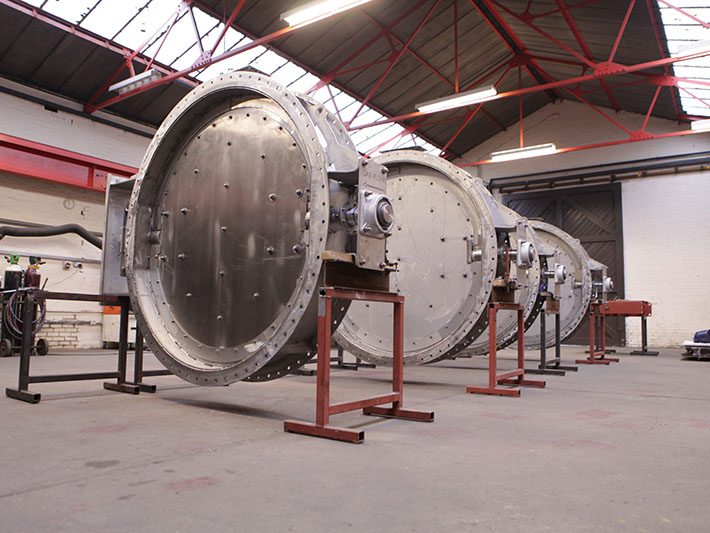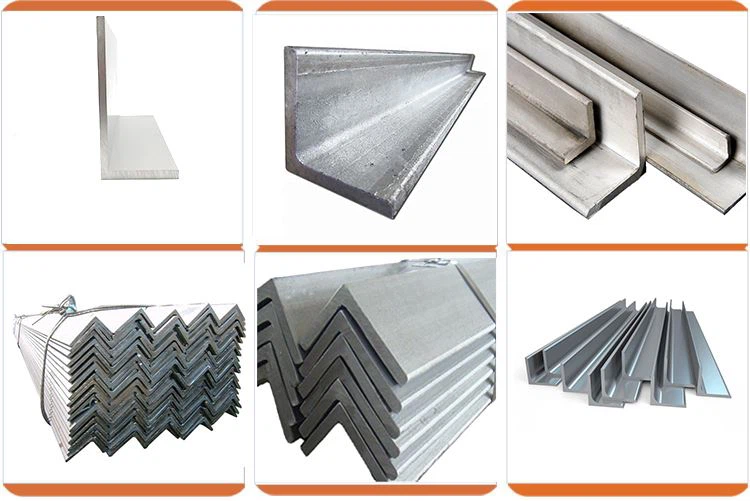





Phone
+86-731-82250427
Address
25th floor, C3 Building, Wanda Plaza, Kaifu District, Changsha, Hunan Province, China.
 May 24 2023
May 24 2023Profile refers to a solid straight bar with a certain cross-sectional shape and size after plastic processing of metal. The profile has a wide range of varieties and specifications, and has a wide range of uses. It occupies a very important position in rolling production.

Ronsco stainless steel Profiles
Profiles are objects with a certain geometric shape made by rolling, extrusion, casting and other processes of iron or steel and materials with certain strength and toughness. This type of material has a certain appearance size, a certain shape in section, and certain mechanical and physical properties. Profiles can be used alone or further processed into other manufactured products, often used in building structures, manufacturing and installation. Mechanical engineers can select the specific shape, material, heat treatment state, mechanical properties and other parameters of the profile according to the design requirements, and then divide the profile according to the specific size and shape requirements, and then further process or heat treatment to meet the design accuracy requirements. The materials, specifications and dimensions of the profiles can refer to the corresponding national standards.
According to the production method, profiles can be divided into hot-rolled profiles, cold-formed profiles, cold-rolled profiles, cold-drawn profiles, extruded profiles, forged profiles, hot-bent profiles, welded profiles and special rolled profiles.
Profiles can be divided into simple cross-sectional profiles and complex cross-sectional profiles according to their cross-sectional shapes. Simple cross-section profiles are symmetrical in cross section, relatively uniform in appearance, and simple, such as round steel, wire, square steel, and cast steel. Complex cross-section profiles are also called special-shaped cross-section profiles, which are characterized by obvious convex-concave branches on the cross-section. Therefore, it can be further divided into flange profiles, multi-step profiles, wide and thin profiles, locally specially processed profiles, irregular curve profiles, composite profiles, periodic cross-section profiles, metal wires, and so on.
The profiles are classified into railway profiles (rails, fishplates, rails for turnouts, wheels, tyres), automotive profiles (rims, tire retainers and lock rings), and shipbuilding profiles (L-shaped steel, flat ball steel). , Z-shaped steel, marine window frame steel), structural and construction profiles (H-shaped steel, I-beam, channel steel, angle steel, crane rails, window and door frame materials, steel sheet piles, etc.), mining steel (U-shaped steel, Channel steel, mining I-beam, scraper steel, etc.), special-shaped materials for machinery manufacturing, etc.
Profiles can be divided into large, medium and small profiles according to their cross-sectional dimensions, and their classification is often classified according to their suitability for rolling on large, medium and small rolling mills. The distinction between large, medium and small is actually not strict. In addition, there is a method of distinguishing by unit weight (kg/m). It is generally believed that those with a unit weight of less than 5 kg/m are small-sized materials, those with a unit weight of 5-20 kg/m are medium-shaped materials, and those with a unit weight of more than 20 kg/m are large-sized materials.
